At Rivers of Carbon we have a special fondness for the Macquarie Perch – not in a weird way (!) – but because we have one of the only wild populations of this fish left in our area. The ‘Macca’, as it is affectionately known, is quite particular about where it will spawn and live, with riffles of cobbles and rocks its preferential spawning habitat. The problem for us in the Upper Bidgee is that we have a lot of sediment washing through the system, so the riffles the Macca likes, are quite hard to find. We are fortunate, that through the great work of Prue Haantjens and Mark Lintermans, we now know where our Maccas like to hang out – which is in a mixture of connected gorge, riffle and pool habitat. We are now working together as part of a consortium of organisations to protect these areas so that the Upper Bidgee can become a ‘Macca Reach’, supporting this fish so that it can hopefully get taken off the threatened species list.
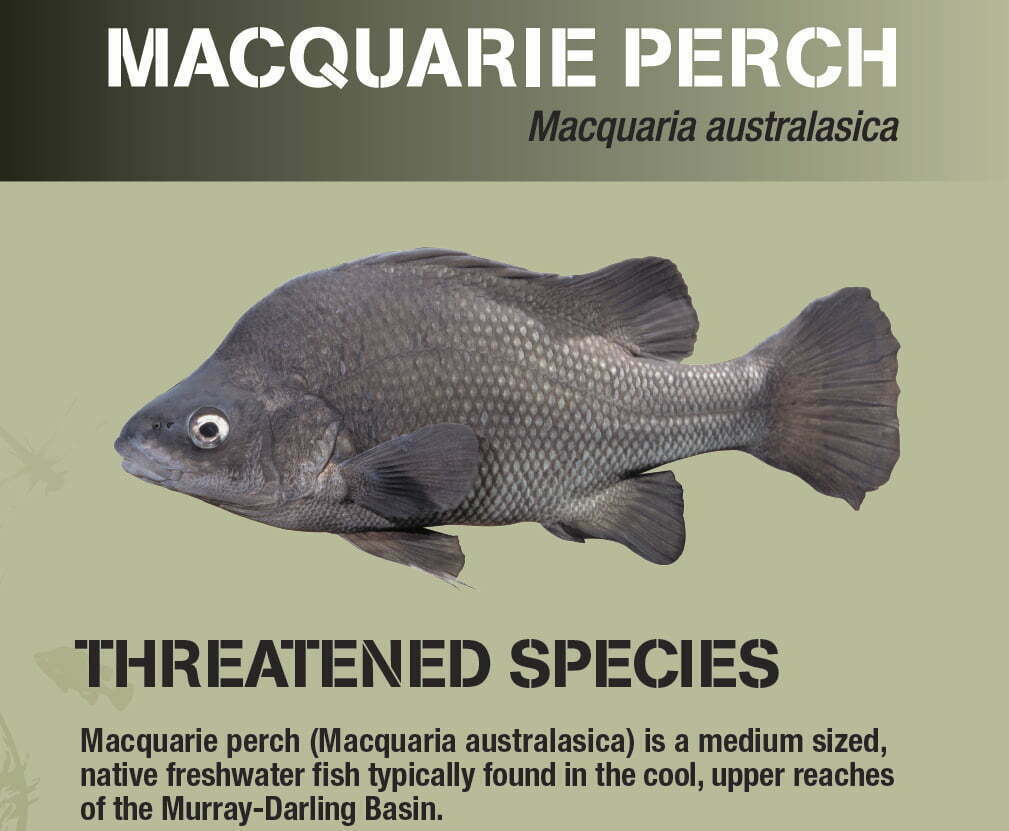
Recently, with support from Local Land Services, through funding from the Australian Government’s National Landcare Program (thankyou :-)), we have removed one kilometre of willow from one of the pools we know the Maccas like. It was at this spot that we held a field day on the 15th of June to learn more about Maccas, and to let the Upper Bidgee community know about the group of organisations coming together for our Macca ‘Reaching for Recovery’ project. Felicity Sturgiss from South-east Local Land Services is the powerhouse behind forming our consortia, successfully bringing together the Upper Murrumbidgee Demonstration Reach, Bush Heritage Australia, South-east Local Land Services, Rivers of Carbon and DPI Fisheries to work on this project funded through the National Landcare Program. Our efforts will, however, amount to nothing, without the support and interest of local recreational fishers and landowners willing to give us access to their properties to restore riparian areas.
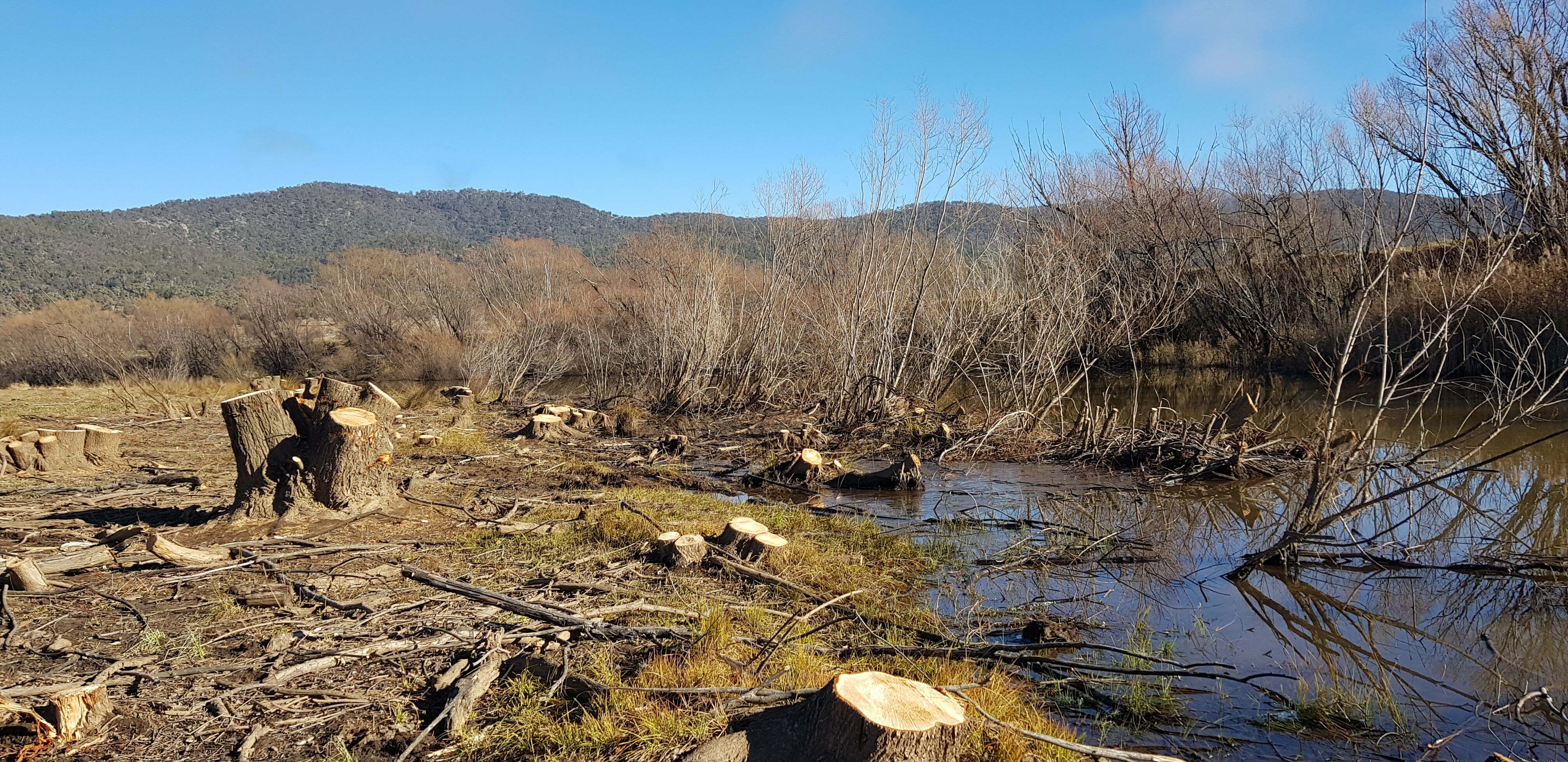
It is pretty incredible that a site that looks as degraded as this is where Maccas like to hang out. Here we have removed willows on one side of the river (the first stage) so that there will still be shade provided by the willows on the other side of the bank as we wait for our new native vegetation to take hold. Once we get native vegetation established, we will then move to work on the other side of the river , taking out the remaining willows and replacing them with the native plants that provide the leaf litter, bugs and shade that Maccas like. This willow removal was funded by the National Landcare Program. Photo Siwan Lovett
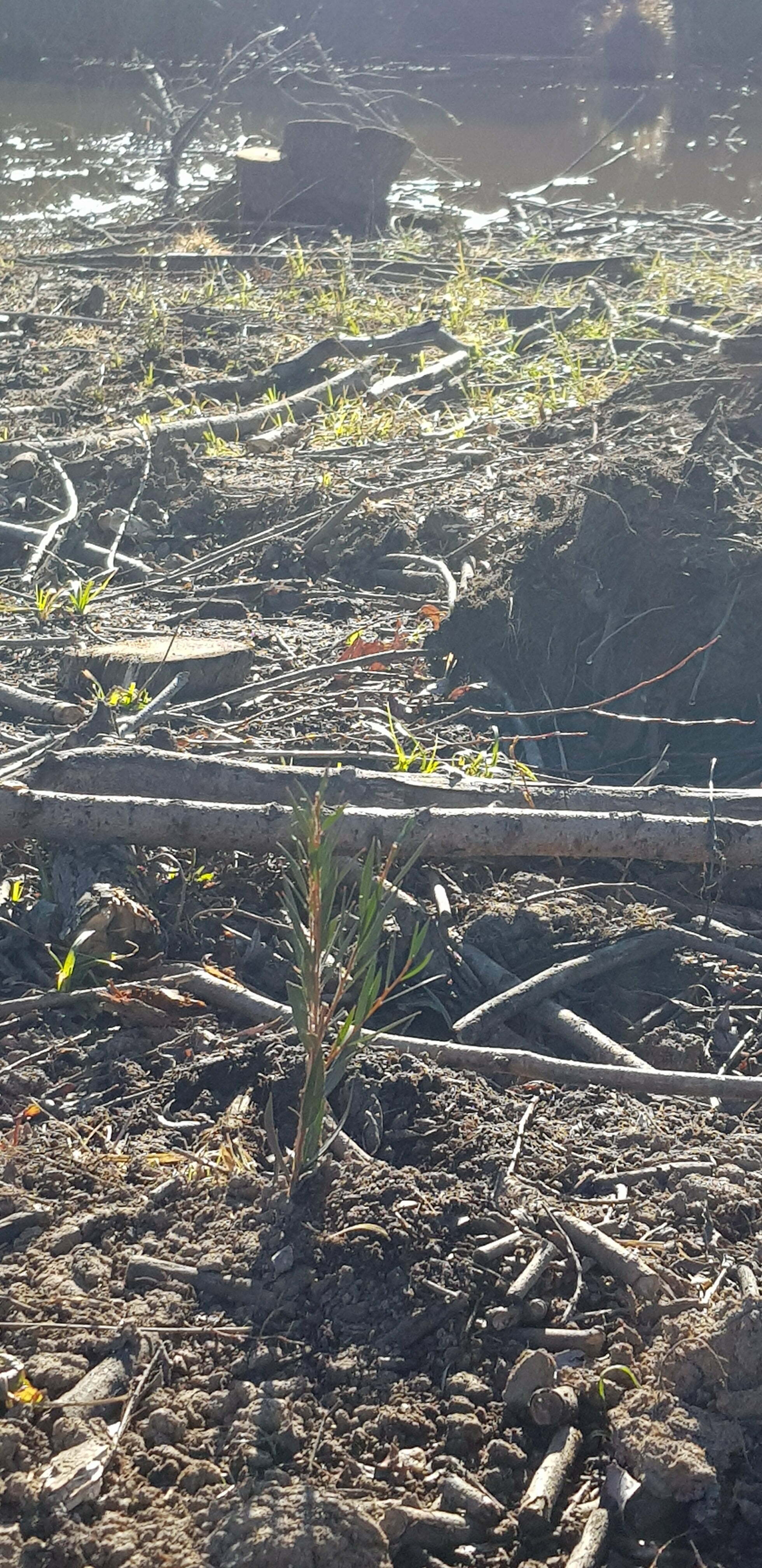
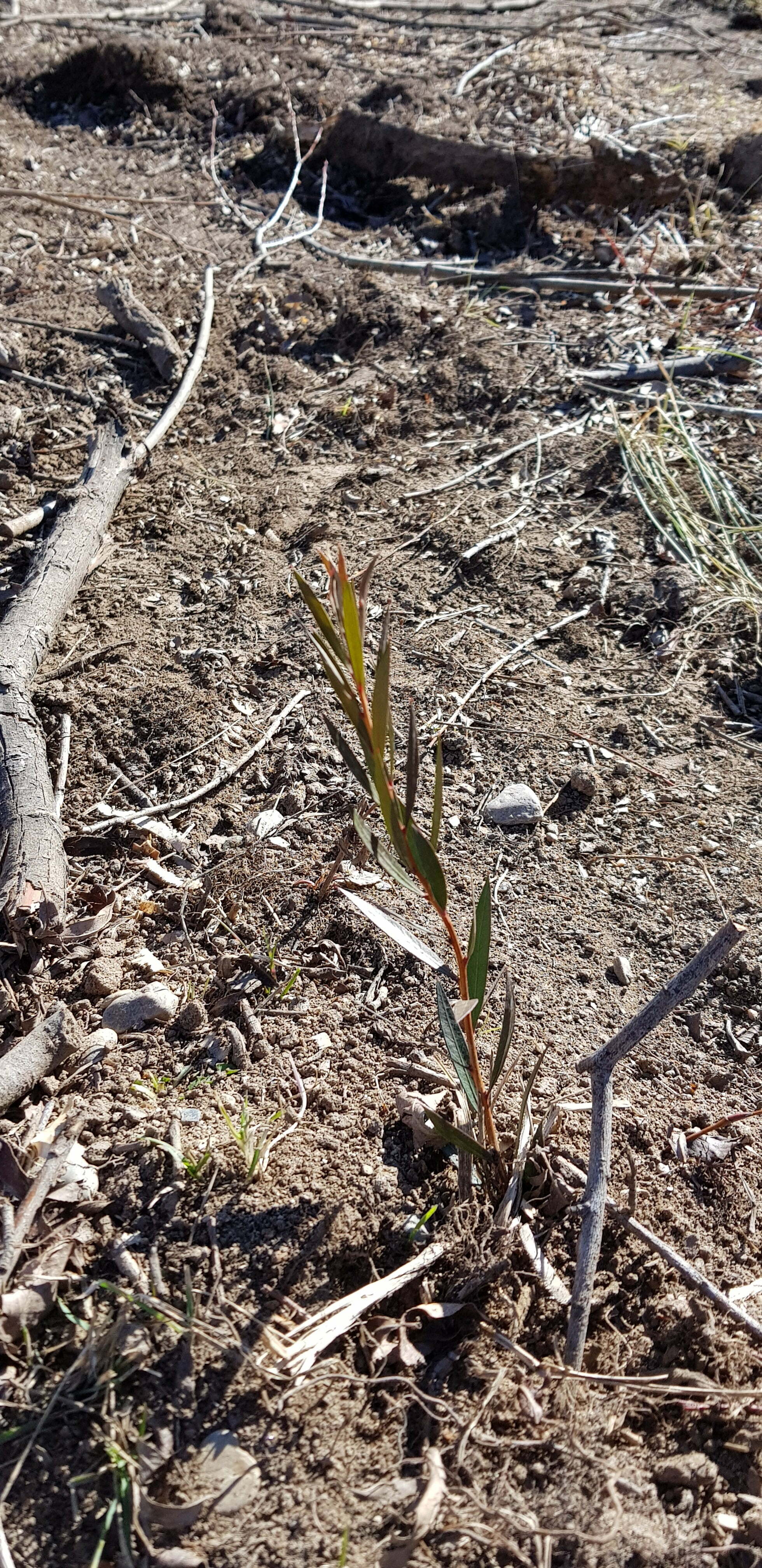
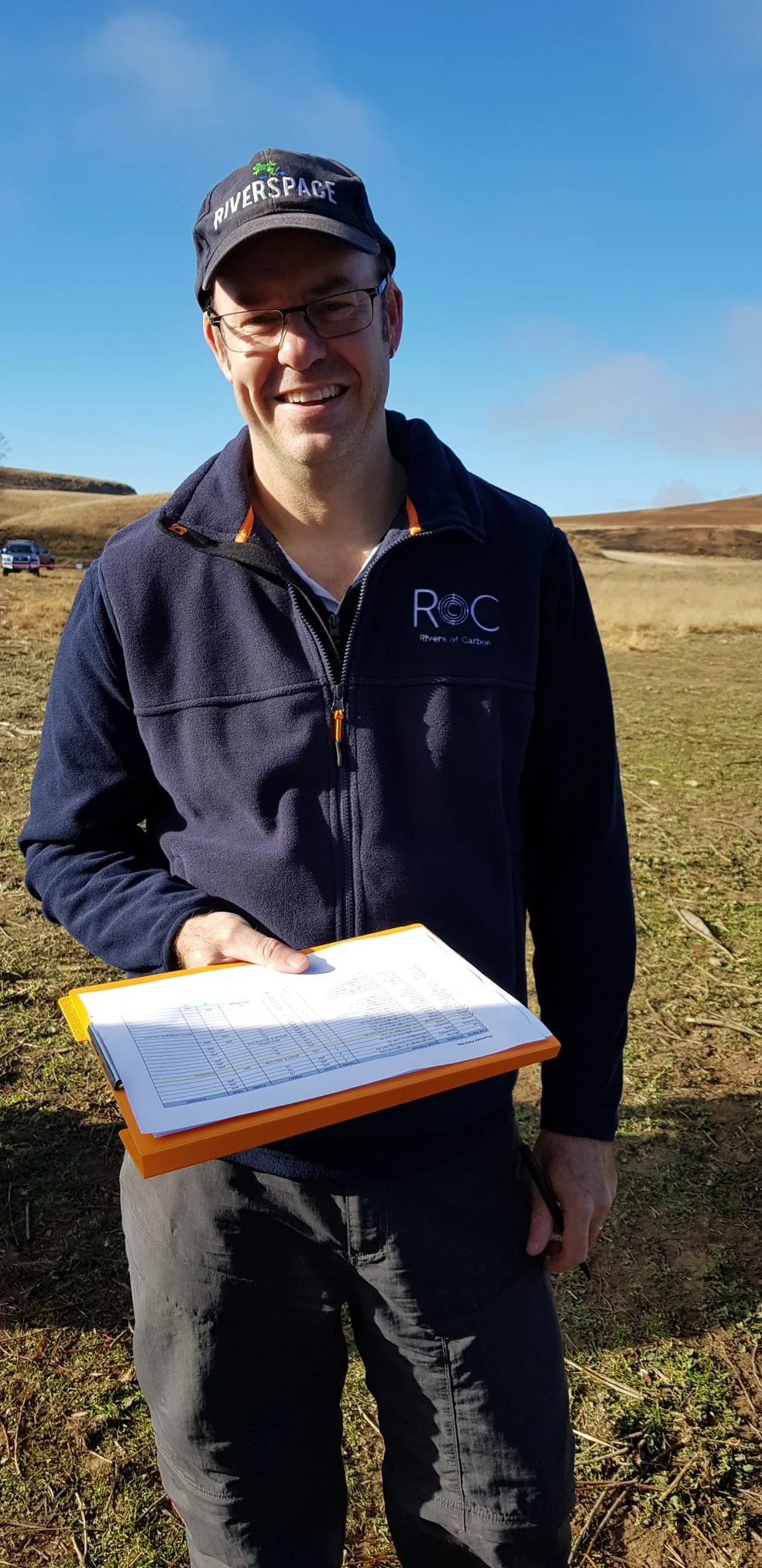
Our riverside field day featured a mix of presenters talking about a range of different topics relating to Maccas. Felicity kicked off by talking about our new consortium, and the Macquarie Perch Recovery Plan which underpins our work. Considerable effort has gone into understanding the research Prue and colleagues have done on the Maccas to work out how best we can support the fish in the Upper Bidgee to recover, and the Recovery Plan has within it a range of activities including; breeding fish for release, undertaking more research on the fish to know how best we can target efforts, working to prevent exotic fish like Redfin from getting into the Upper Bidgee, and collaborating with landowners to provide the native habitat Maccas need.
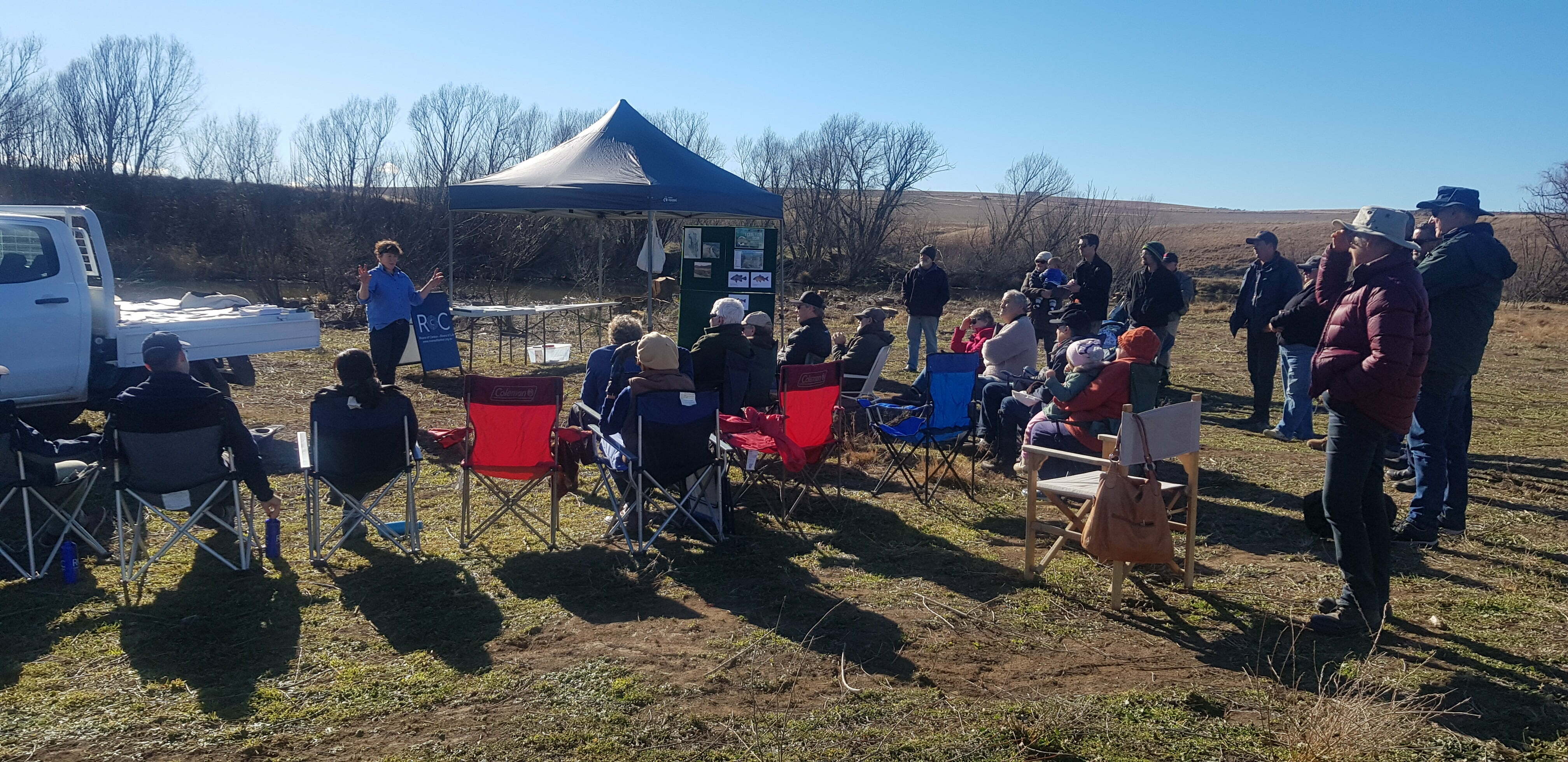
Felicity providing an overview of all we are trying to achieve through the Macca Reach Recovery project. Photo Antia Brademann
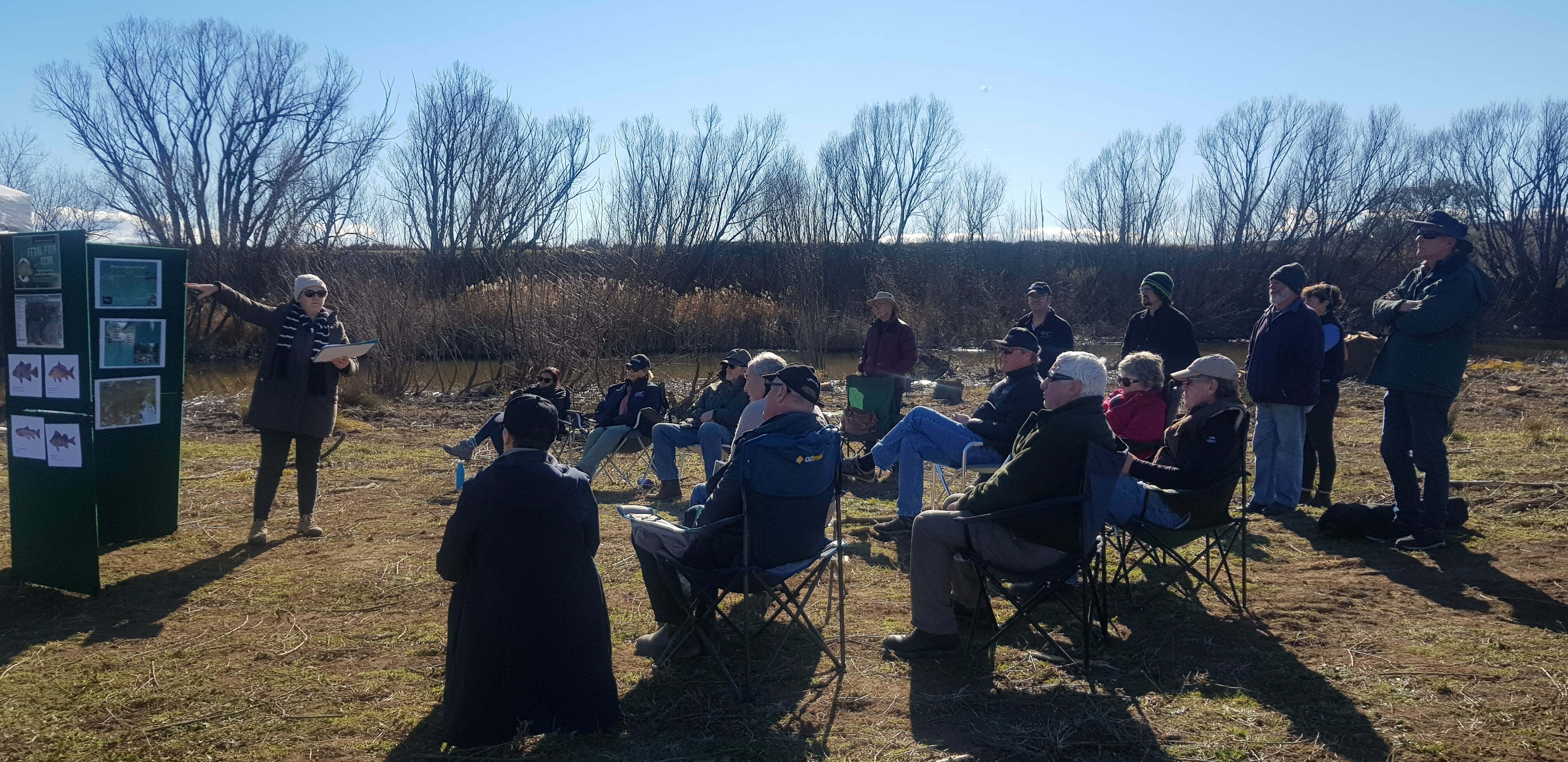
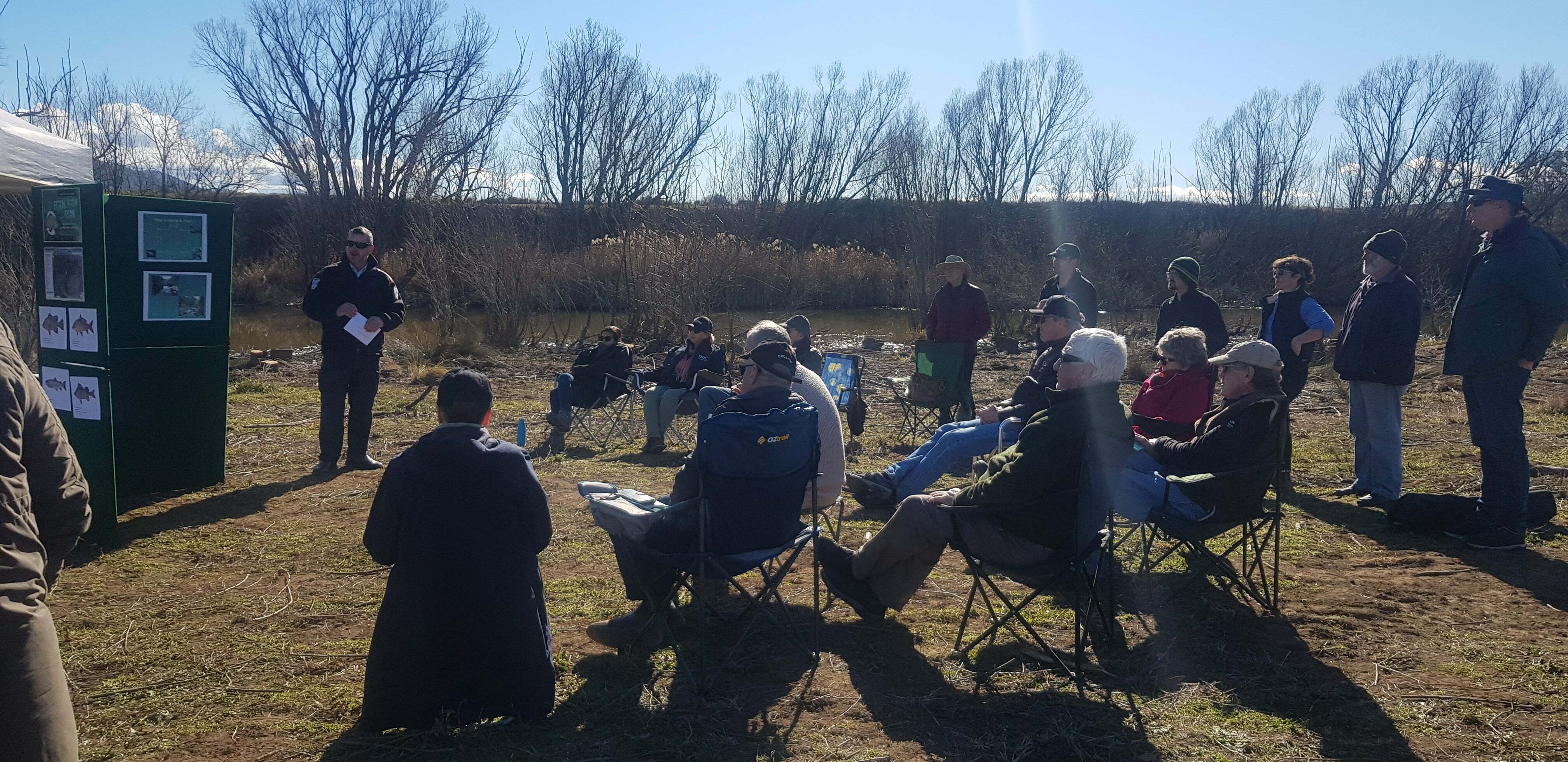
It was really good to have so many landowners interested in the Macca work and their questions were wide ranging. One of the things I found particularly interesting is that the introduced Redfin fish needs to be kept out of the Upper Bidgee as it carries the EHNV virus that Maccas are susceptible to, so it is really important to let DPI Fisheries or Antia know if you see this fish in this reach. Leon Miners from South-east Local Land Services and our very own Antia Brademann also provided talks about the removal of willows, adventure volunteering program and opportunities for landowners to restore their riparian areas through the incentive programs they provide. These programs will assist landowners with the costs associated with riparian restoration like weed removal, installing alternate water for stock and putting up fences to manage stock access. Antia and Leon’s details are provided at the end of this story so you can get in touch with them if you are interested in getting involved.
Following lunch we went out on to the riverbank to talk about how to assess habitat suitable for Maccas. Prue, Antia and Leon combined forces to discuss what Maccas need and how we can best provide the habitats that enable them to thrive. Prue has developed a community toolbox habitat assessment method to identify habitat on the Bidgee that supports Maccas. Over the coming months she and Antia will be looking for community volunteers to get involved in using this habitat assessment method, so if you are interested please get in touch with them to let them know (details provided at the end of the article).
Antia also showed how to set up photopoints so you can go back and take photos over time to see the changes that take place as weeds are removed, plants established, fences erected and, hopefully, native vegetation transforms the site. Leon took an active part in proceedings, and no, he is not doing a special riparian dance, but demonstrating how high blackberries can get and the best way to remove them (you had to be there). 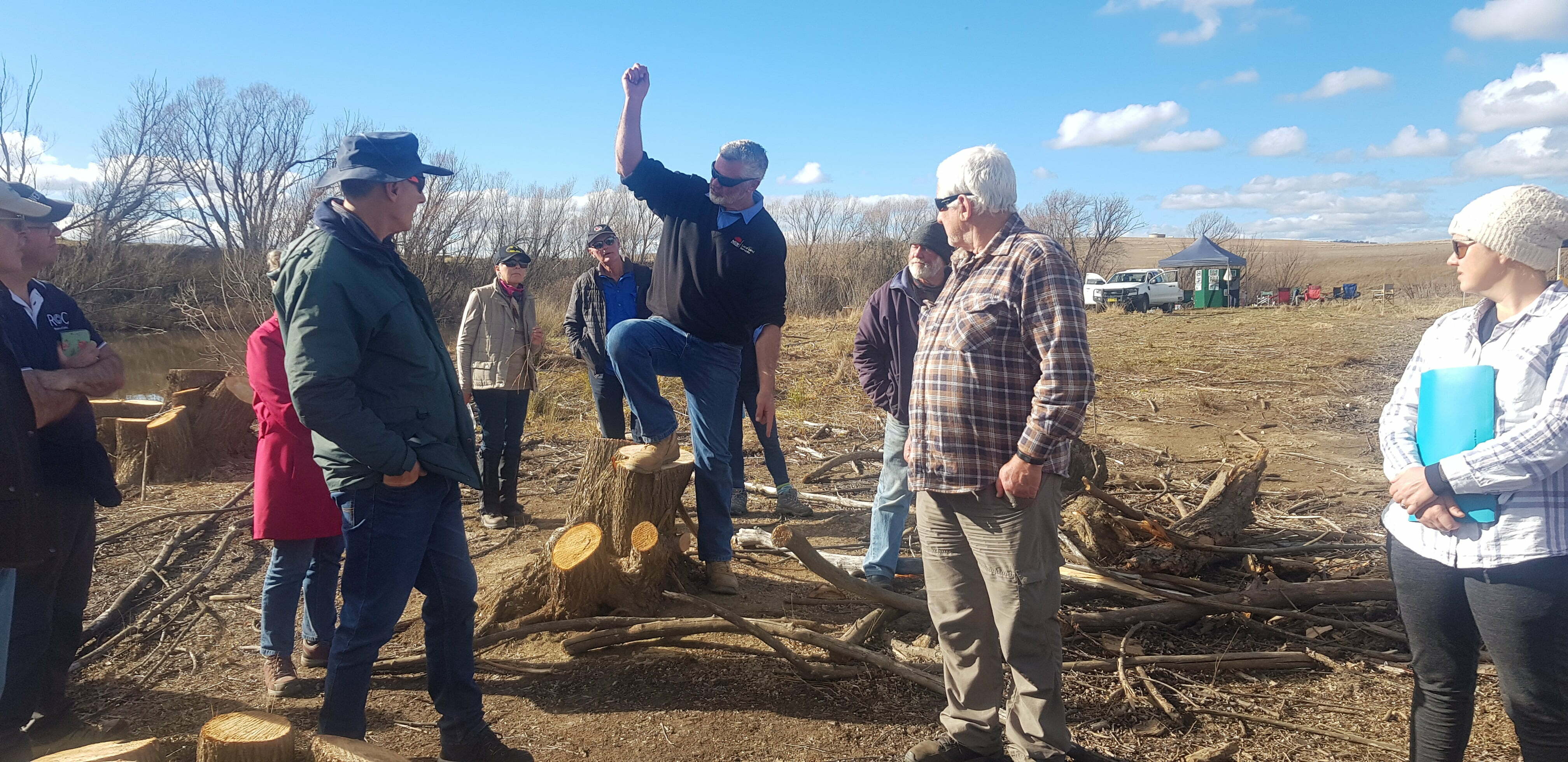
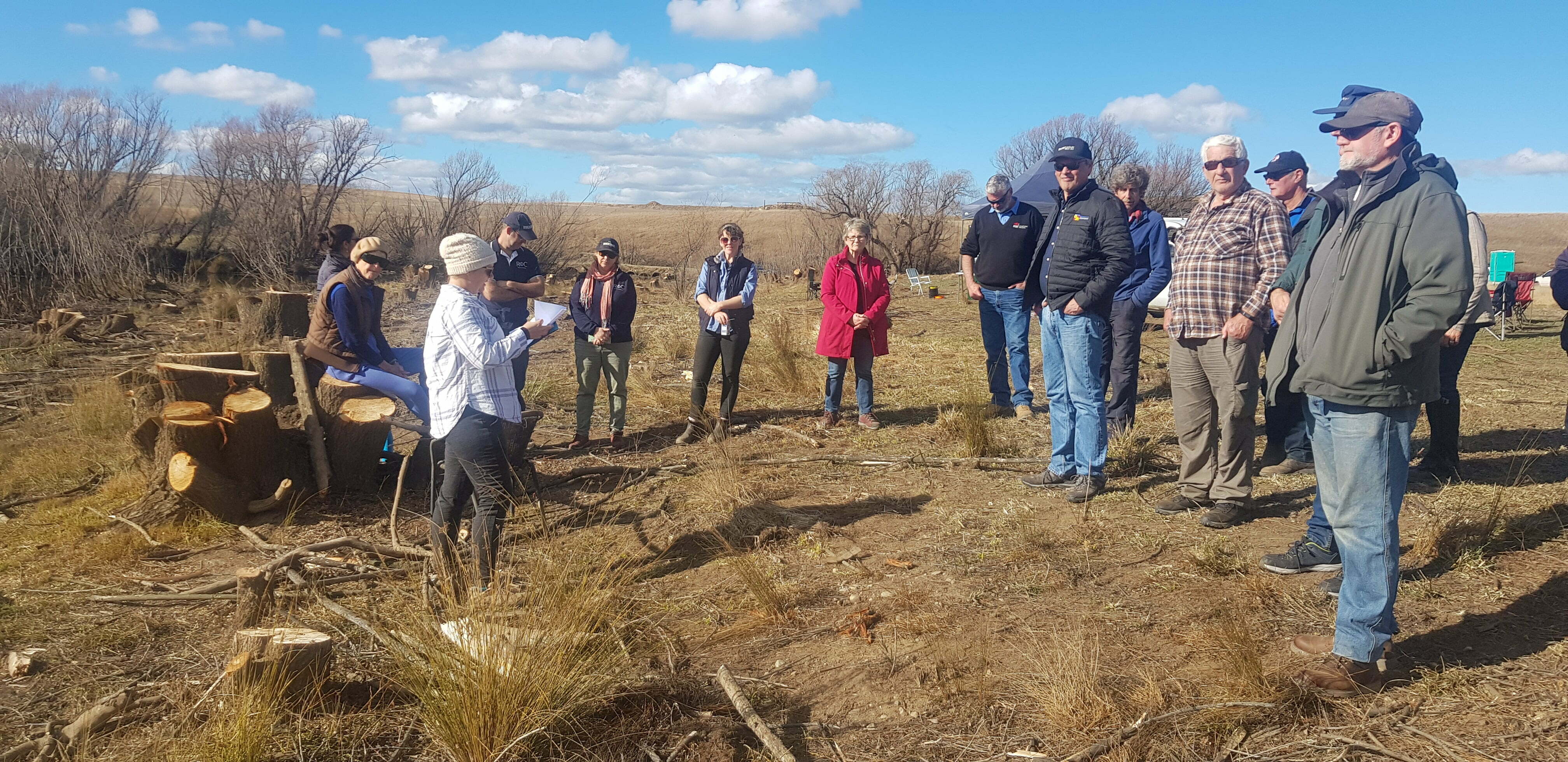
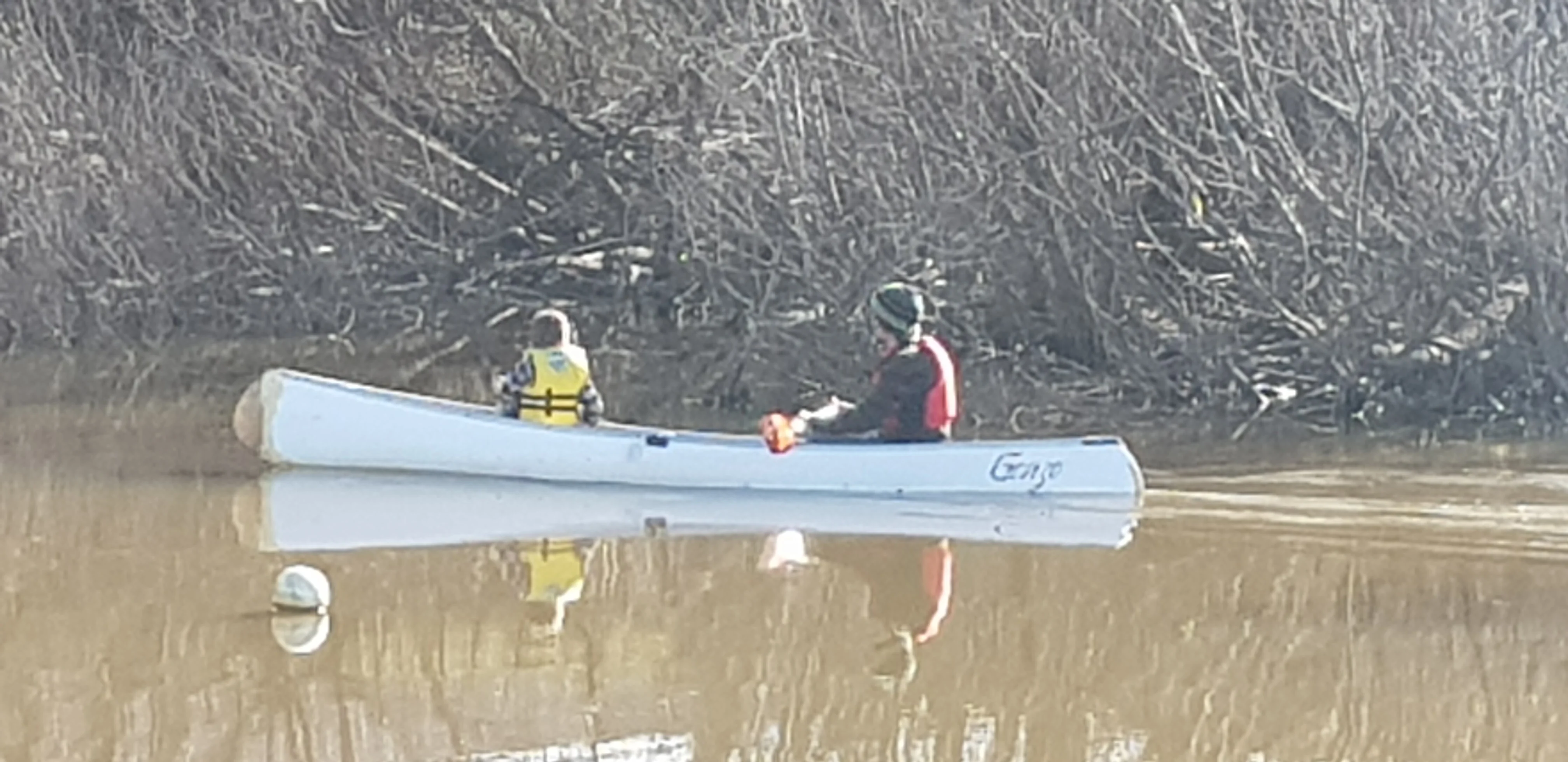
We finished up mid-afternoon and as part of the organising team we felt really grateful to have such a great group of organisations working together, but more importantly, to have so many landholders and interested community members come out on what was a pretty cold day, to talk about Maccas. We will continue to share our progress on this project and if you are interested in finding out more please get in touch with us.
Felicity Sturgiss – South-east Local Land Services and Mac Perch ‘Reaching For Recovery’ Project Manager – felicity.sturgiss@
Antia Brademann – Rivers of Carbon and Upper Murrumbidgee Demonstration Reach – upperbidgeereach@gmail.com / 0429 778 633
Leon Miners – South-east Local Land Services and on-ground riparian restoration – leon.miners@lls.nsw.gov.au / (02) 64557200
Prue Haantjens – Macca expert and researcher – pruejoy@hotmail.com / (02) 4478 9125
Other links you might want to explore:
Macquarie Perch Recovery Plan
Protecting Macquarie Perch: A new guide for fishers and landowners
Prue’s Facebook page – Macquarie Perch, Life on the edge of Extinction
Macquarie Perch: the native battler fights on (Fishing World Magazine)
Genetic recovery program gives inbreeding Canberra fish new mates (Macca returning to the Cotter)
NSW DPI Fisheries information page on Macquarie Perch
Macquarie perch interactive story maps (from the Goulburn Broken Catchment)
RipRap Magazine – Habitat makes fish happen (story in this edition on Maccas)
